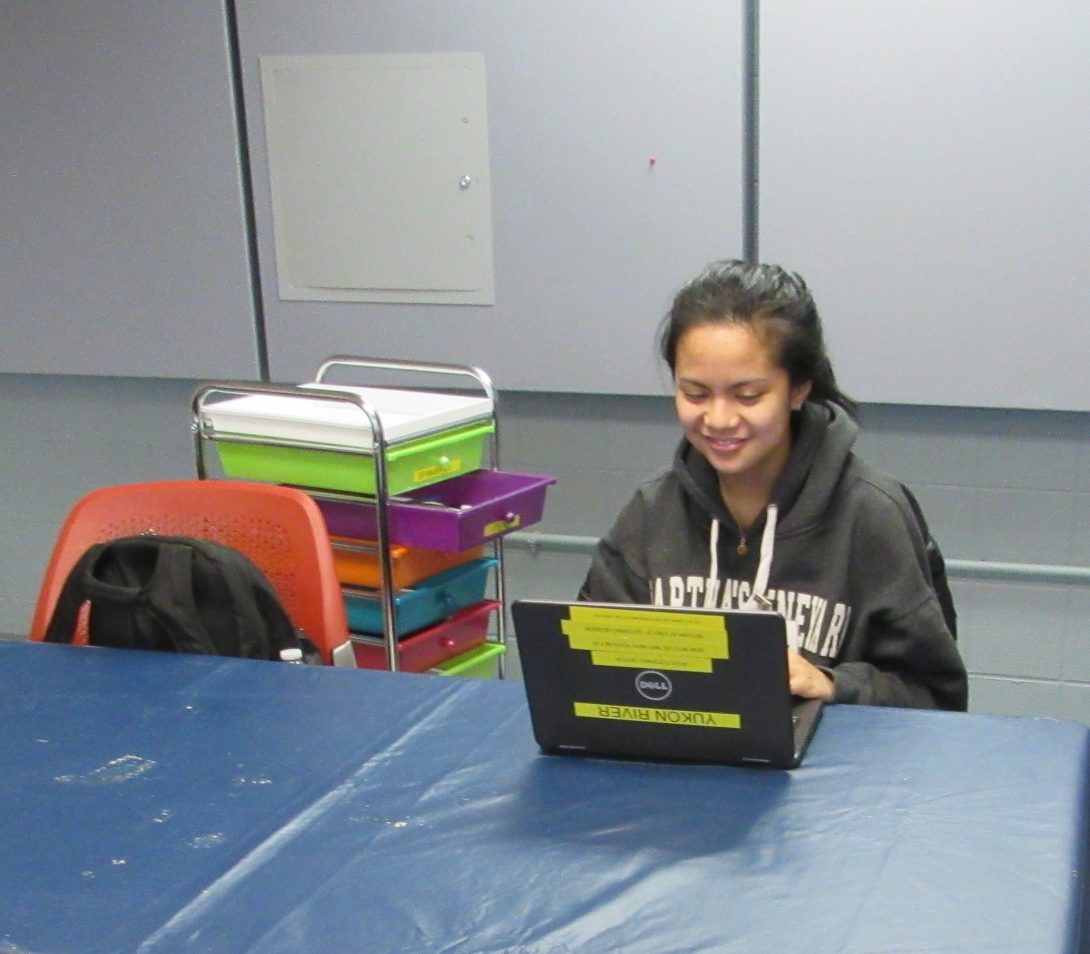3.11.2020 – Ella on Learning Spanish
3.11.2020 - Ella on Learning Spanish Heading link

For as long as I can remember, I’ve always been able to understand Tagalog (Filipino). My parents would occasionally talk to me in Taglish (English and Tagalog) all throughout my childhood, stressing the importance of knowing one’s roots, but ultimately stopped speaking to me in Tagalog altogether in the later years. On the other hand, my grandmother, who lives with us and helped raise me, would only talk to me in Tagalog since she immigrated here with my mom well into her forties and has had a hard time speaking English even to this day. When I started learning Spanish in 6th grade, I realized how differently I would have to work to understand both languages. For Tagalog, it came naturally. I wouldn’t have to think of the English translation and could simply comprehend whatever was said to me or piece it out using context clues if I didn’t understand a word or phrase. However, with Spanish, I learned to dissect each word and conjugation and had to bounce the English equivalent in my head a few times until I could fully understand what was being said.
Even then, knowing Tagalog first helped with learning Spanish. Over 300 years of Spain colonizing the Philippines heavily influenced how the language was spoken. Through more and more years of studying Spanish, I learned that Tagalog was an amalgamation of Spanish and the other tribal languages of the natives. Some examples of Spain’s lingering influence off the top of my head include the word kumusta (Tagalog), which means “Hello” and cómo estás (Spanish), which means “How are you?” However, sometimes knowing both languages could get confusing since the same word can have the same meaning. For instance, siyempre (Tagalog) would mean “Of course” while siempre (Spanish) would mean “Always.”
When I first started learning Spanish, my teachers would always grill us on being correct grammatically, never really emphasizing how to properly pronounce words, which set me back a couple years when I finally started learning in high school and college. I noticed how much this still influences me to this day since I can write essays in Spanish with little difficulty but have a harder time speaking fluidly when in a conversation with a native speaker. This made my last semester in SPAN104 somewhat difficult but simultaneously very interesting since we had assignments to FaceTime a native speaker from a Spanish-speaking country and held conversations for about 30 minutes. I gladly accepted this challenge since it pushed me out of my comfort zone and allowed me to use my verbal skills in a nice and controlled environment.
Now that I have a better understanding of the Spanish language and the many cultures of its speakers, I have a greater appreciation for anyone who takes on the task of learning a completely new language.
– Ella